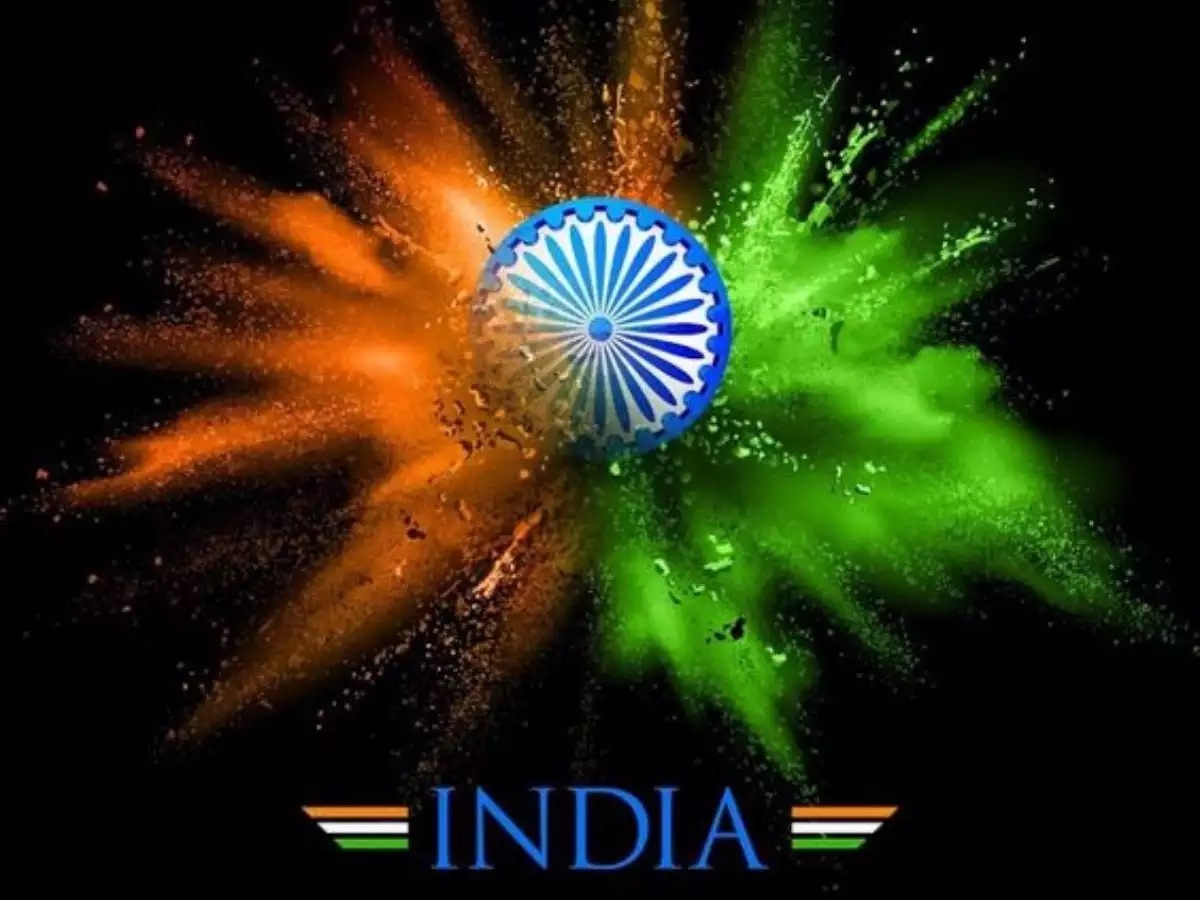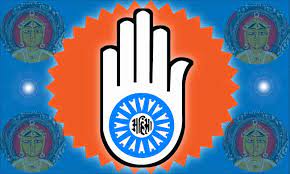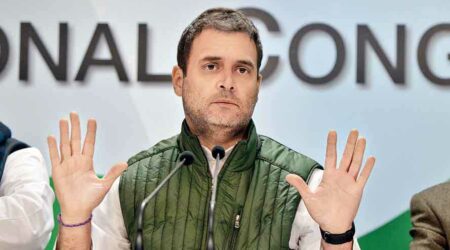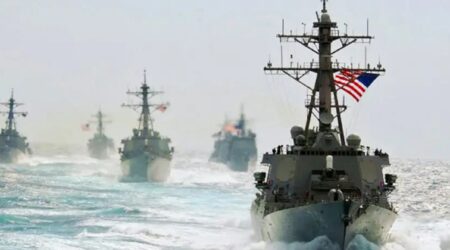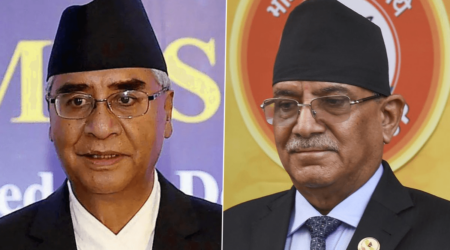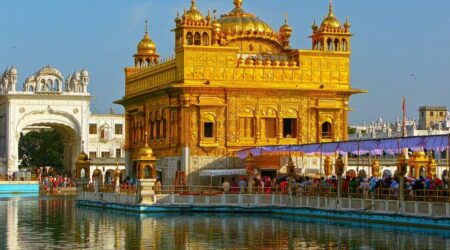By Basab Dasgupta
India is a very unique country. Divided into 29 states, each with its own language, food items, attire and local customs, and run by autonomous governments, it has not only survived peacefully but prospered over the past 75 years as the largest democracy in the world.
Apart from the aforementioned differences, people from different parts of India also look different as far as their skin complexion, facial features and other physical attributes are concerned.
How does India do it?
There are some obvious answers. First, there is a common history for all Indians that bonds us together. Suppression under British rule has given us not only a hankering for freedom and peaceful life, but also a drive to succeed in our respective fields. Secondly, it is a secular country where all religions are respected and allowed to be practiced freely. The three largest religions of the world – Hinduism, Islam and Christianity flourish here and there are still rooms for others. Although there have been occasional skirmishes provoked by political agenda, which are common in other parts of the world also.
Apart from secularism, there is a deeper commonality among all Indians. It may be termed “spirituality”. Whether we believe in God or practice any kind of sacred rituals, we all believe that there is a supreme power and ultimately life is too short to waste away in meaningless conflicts. This conviction has probably been ingrained in our DNA over thousands of years.
There is no barrier of any kind to the movements of people from one part of the country to another. One can live anywhere whether it is for professional reasons or a personal preference. The legislative system, judicial system, educational system and other administrative infrastructure are the same throughout the country.
On the entertainment front, passion about two pastimes unite Indians more strongly than anything else: one is the love for the game of cricket and the other is fondness for Bollywood movies and associated songs.
Take in Blurb Highlight: There is no need for frequent messages or new policies emphasizing diversity and inclusivity. Equality is understood by Indians at a fundamental level.
However, there is a more profound reason for our peaceful and stable existence. India can be divided into four broad regions with people from each region having their own strengths : East including W. Bengal, Assam, Odisha, Bihar and some smaller states; West including Gujarat, Maharashtra and Rajasthan among others; North including Punjab, Haryana, Jammu and Kashmir, Uttarakhand, Uttar Pradesh, Himachal Pradesh etc.; and finally, South including Telangana, Chennai, Karnataka, Kerala. Madhya Pradesh, being in the middle, has pieces that go with each of the above regions.
The East has always been the center of intellectual activities – literature, science, fine arts, economics, spiritual activities. People there seem to lack business interest. They are averse to hard labor and happy in academic, clerical and various government jobs with good job security.
It was amazing to me to recognize that virtually all famous male Bollywood actors of my time were from Punjab. Although we always knew that the South Indians were exceptionally strong in mathematics, with examples like the great Ramanujam, the recent explosion in the number of IT engineers throughout the world coming from the southern part of India left no doubt about their superior analytical skill.
The west is where all the rich people are. If you make a list of the top ten wealthiest persons in India, you will find that most of them are from the three states mentioned above. The Sensex stock exchange is in Mumbai and most major banks are headquartered in the west.
I believe that this reality of people from four distinct regions with different expertise working in unison as a team, as opposed to each state acting like a mini country is India’s real strength. This is similar to building a good cricket team out of a diverse group of players. You do not want each player to be good at everything. Some are good opening batsmen, some are fast bowlers, some are spinners, some wicket keepers and so on. There is no constant competition (and hence conflict) among states in everything. If someone wants an IT job, he/she goes to Bangalore; if one wants to join the army one goes north and so on.
Can one learn some lessons from our experience and perhaps build a model for peaceful coexistence of different nations on this earth?
While the world has become closer, more prosperous and interdependent in the post WWII era because of globalization in international trade and migration, peace and prosperity are vulnerable to any conflicts anywhere in the world.
This became painfully obvious during the Russian invasion of Ukraine which led to world-wide inflation and shortage of fuels, crops etc. There is continuing international tension in anticipation of a similar invasion of Taiwan by China. Then there are unpredictable rogue nations like Iran and N. Korea which can throw the entire world in turmoil by some outrageous action.

Our “Indian experience” might provide a roadmap for peaceful coexistence of different nations. The human population has a common history of survival through two world wars, a global pandemic and numerous natural disasters.
We can perhaps divide the entire globe into some regions with specific expertise. For example, North America as a high technology area, Europe as a financial hub, Africa as a sports kingdom and animal sanctuaries, Asia as a manufacturing center, Australia as an agricultural bread basket and South America as entertainment head-quarter.
Some of these divisions are already happening. The key is that this separation of responsibilities is universally and formally accepted, supported and maintained. Conflict comes from the desire to own something that others have.
In my view, while each country will have its own leader, there will be the need of an overall overseeing organization, with a “leader of the world” elected from different countries by rotation. This organization would be similar to a combination of the UN and IMF, but with real power and authority to enforce any binding rules and policies regarding conflicts, trade, economy and sharing of resources. Visas can be eliminated to allow free migration of people between countries. This may be the most difficult condition to enforce because it may be viewed as a threat to the existence of countries as separate sovereignties.
I may sound like John Lennon: “Imagine there is no country, no religion too…….you may say I am a dreamer. I hope someday you will join me, and the world will be one”. However, I am not a dreamer. India has already achieved it with its states. Now it is a matter of extending it to countries – a challenging task no doubt which would require decades to make even a small progress; but it is not an imaginary scenario like a dream..

Basab Dasgupta has a doctorate in physics from University of Wisconsin and worked with Sony as Vice President of an operating division. Retired, he now lives in San Clemente, CA.
Disclaimer: The views expressed are not necessarily those of The South Asian Times


